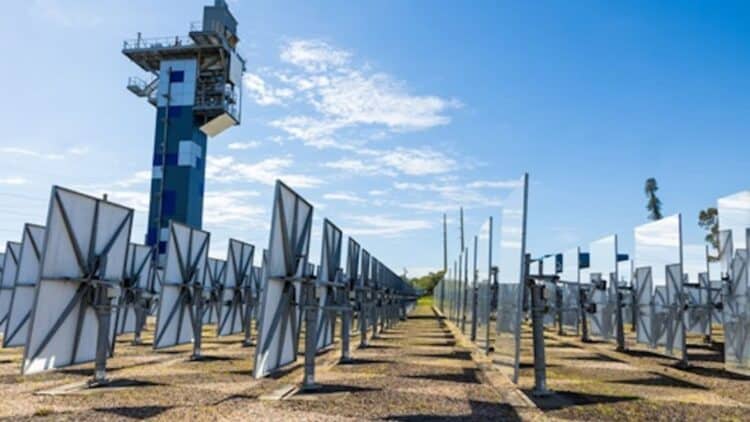A mega-hub loses a backer for Australia’s most ambitious renewable energy projects. With BP having announced its decision to withdraw from the Australian Renewable Energy Hub (AREH), BP will no longer be an Operator or an equity partner. The decision was disclosed to project partners in July 2025 and marks a significant moment for the $30 billion development in Western Australia’s Pilbara region. With the leadership transition in progress, the mega-project is reconsidering its strategy and is looking towards InterContinental Energy for support.
BP is considering an entirely novel strategy
At full phase, AREH aims to gain 26 gigawatts (GW) of wind and solar capacity, producing more than 1.6 million tonnes of green hydrogen annually, and is considering approximately 9 million tonnes of renewable ammonia per year.
BP, however, has decided to exit from its role in AREH, making a rather strategic move to shift away from green hydrogen projects to grow its oil and gas business. The green exit of such a global giant from AREH could have resulted in a tighter focus on the project governance model.
A project that is still monumental in its own right
AREH is still a project that is noteworthy and spans more or less over 6,500 square kilometres, with the development area being in the Pilbara outback. The chosen venue is ideal due to the high solar potential and the more consistent wind conditions. The project is said to generate about 90 terawatt-hours (TWh) of clean energy every year.
Development will be structured in three phases:
- Phase 1 is set to be completed by 2029 and considers building 1 GW of renewable energy generation and transmission via the Pilbara Green Link, a proposed common-use transmission corridor connecting to Port Hedland.
- Phase 2 considers larger-scale hydrogen production through electrolysers, with desalinated water piped in from Port Hedland. This phase supports regional decarbonisation and green manufacturing.
- Phase 3 is set to focus on the conversion of hydrogen to renewable ammonia, with production and storage facilities at the Boodarie Strategic Industrial Area, enabling global export via Port Hedland.
Major Project Status was received from the Australian Government in May 2024 and was valid until 2027, granting priority project status by the Western Australian Government in December 2024.
A change in capacity despite achieving the green light
The environmental approval was secured by AREH in 2020, as per the name Asian Renewable Energy Hub, and the WA Environmental Protection Authority recommended approval for up to 15 GW of hybrid generation capacity. Continual environmental and regulatory oversight becomes necessary even when the project’s scope has expanded. Since then, the project’s scope has expanded, but the growth of the project remains subject to continued environmental and regulatory oversight.
With BP having withdrawn, the approval of the land allocation at Boodarie will need to be reassessed. The area, however, remains key to AREH export ambitions and may very well proceed. Australia is looking to tap into the potential in all areas of the country. The first solar tree was planted at Pine Tree Park Estates, and now Australia has planted a second solar tree.
The future of AREH, a resilient Australian project to date
BP’s withdrawal means that challenges may now be faced in terms of financing and execution capacity. Luckily, both InterContinental Energy and CWP Global have expressed a strong commitment to reassessing and reconfiguring the project in light of this new transition. Green fuels are essential to decarbonize all heavy industries, including shipping. AREH is now placed in the ideal location, and with the right partners, sufficient capital backing, and support in the form of policy development are needed after the withdrawal of the global giant, BP.
Seeking out a second life, AREH continues to showcase the complexities of Australia’s green hydrogen future. Whether the project emerges much stronger or remains stagnant is something that has yet to be seen, but for now, the project awaits new backers and entrants. It is clear that Australia wants energy independence, and the 1,900,000 solar panels per year by 2026 mark the beginning of this.


